Configuring and managing your server
Archaeology Update Guide

Grab your adventure hats, Minecraft players! Our Lara mascot was never more appropriate to a Minecraft Update.
It's time to embark on a riveting archaeological journey as the latest 1.20 update incorporates the intriguing world of archaeology into your Minecraft experience. This update introduces new blocks, unique historical artifacts, and alters your exploration and looting tactics. But before these revolutionary mechanics become second nature, let's excavate the wealth of knowledge hidden in Minecraft's archaeology update.
Archaeology in Minecraft
Archaeology is a brand-new facet of Minecraft, infusing ancient blocks, rare items, and even an exciting new mob into the game. Unlike the previously existent lootable structures, archaeology compels you to work diligently and cautiously to harvest ancient artifacts and rewards. This update significantly enhances the gaming mechanics, with a central focus on the desert biome and its structures.
Decoding the Evolution of the Archaeology Update
The concept of archaeology features first came to light during Minecraft Live 2020, paired with the announcement of the 1.18 Caves & Cliff update. Since then, the archaeology blocks have undergone drastic transformations, with developers opting to incorporate archaeological aspects into the existing desert biome and its prevalent structures, rather than creating an entirely new excavation site structure. Moreover, artifacts like ceramic shards, pots, and brushes have also seen significant aesthetic revisions from their initial designs.
Fresh Additions in the Archaeology System:
The archaeology update introduces a host of new items and blocks into Minecraft:
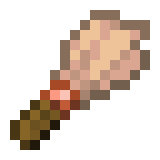 | Brush the brush is the principal tool of the archaeology system in minecraft 1.20. Crafted with two sticks and three strings on a crafting table, this tool serves as your primary instrument in uncovering the secrets buried beneath the suspicious sand blocks. When used on these blocks, the brush gently removes the layers of sand, revealing hidden artifacts and precious items. However, be mindful that brushes do not support the fortune enchantment. |
Decorated pots
decorated pots are unique items introduced in minecraft 1.20 as part of the archaeology system. These pots can be crafted by combining four pottery shards. Each shard imprints a unique symbol onto the pot, lending it its decorative appearance. The types of decorated pots you can create depend on the kind of pottery shards you've collected. The various types include archer, skull, arms up, and prize pots. Beyond their aesthetic value, these decorated pots serve as a vessel for players to reconstruct minecraft's ancient history in their own unique way.

Suspicious sand
suspicious sand blocks are an intriguing addition to the archaeology update in minecraft 1.20. These blocks appear similar to regular sand blocks but bear a distinct visual difference. Once a player identifies a suspicious sand block, they can use a brush to carefully excavate it, revealing hidden treasures like ancient artifacts and other rare items. However, caution is advised while handling suspicious sand, as it will instantly break and yield no items if it falls.
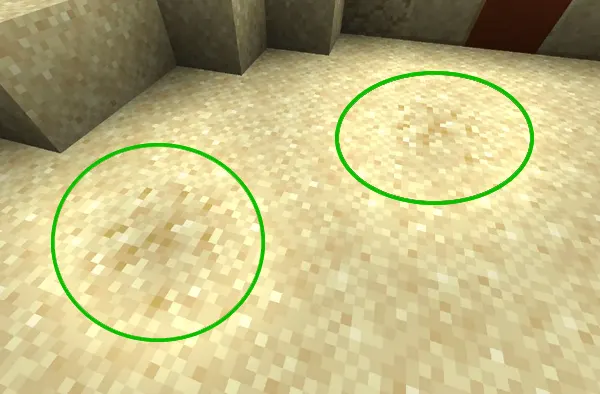
Suspicious sand blocks harbor more than just pottery shards. Depending on their location, they could house a multitude of loot options. Both desert pyramids and desert wells have unique items hidden within their suspicious sand blocks.
Pottery shard
pottery shards are the primary artifacts found within suspicious sand blocks in the minecraft 1.20 update. As the player uses a brush on a suspicious sand block, pottery shards with unique symbols may be uncovered. The symbols categorize the shards into four types: archer, skull, arms up, and prize.

Players can combine four pottery shards to create a decorated pot, with the symbols from the shards appearing on the pot, adding a layer of historical storytelling to your minecraft world.
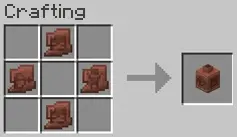
Crafting the Essential Tool - The Brush:
The brush, a crucial element in the Minecraft 1.20 archaeology update, enables you to discover treasures concealed within suspicious sand blocks.
1 Feather, 1 Stick, 1 Copper Ingot and a Crafting Table are all you need to craft a brush.
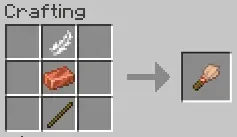
Understanding Pottery Shards & Pots:
The central ancient element in Minecraft is the pottery shards, unveiled when you carefully brush away the suspicious sand. Four such shards combined yield a decorated pot. Each shard has a unique symbol, which makes its appearance on the pot it helps create. Based on these symbols, you can identify four types of pottery shards:
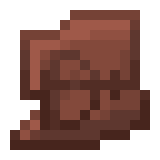 | Archer pottery shard the archer pottery shard is one of the four types of pottery shards introduced in minecraft 1.20. This artifact is distinctively marked with the symbol of an archer. When an archer shard is used in the crafting of a decorated pot, this symbol becomes visible on the pot's surface, adding a touch of ancient history to your decor. The archer symbol might imply a connection to combat or hunting practices in the world's past. |
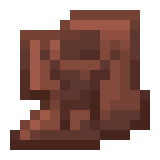 | Arms up pottery shard the arms up pottery shard is a unique artifact identified by the symbol of a figure with its arms raised. When used in crafting a decorated pot, this jubilant figure appears on the pot, adding intrigue and sparking curiosity about the celebrations or rituals of ancient minecraft civilizations. |
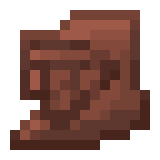 | Prize pottery shard the prize pottery shard stands out with the symbol of what appears to be a valuable item, perhaps indicating wealth or status in the ancient world. When a decorated pot is crafted using the prize shard, this symbol is displayed on the pot, serving as a visual nod towards the prosperity or richness of the past civilizations. |
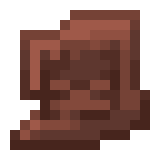 | Skull pottery shard the skull pottery shard carries the symbol of a skull. Like the other shards, this symbol gets transferred onto a decorated pot when the shard is used in its crafting. The skull pottery shard might suggest past rituals, or it could represent a reminder of mortality in the ancient civilizations of minecraft. |
Minecraft's familiar bricks have also found new utility within the archaeology system, playing a role in crafting decorated pots. However, unlike pottery shards, bricks don't embellish pots with symbols; the side of the pot formed out of a brick remains blank.

Embarking on Your Archaeological Journey in Minecraft
Now that you are familiar with the intricacies of Minecraft's new archaeology system, here's how you can jumpstart your archaeological escapades:
- First, craft a brush - your primary tool in this thrilling journey.
- Travel to the desert biome, scouting for either a desert temple or a desert well.
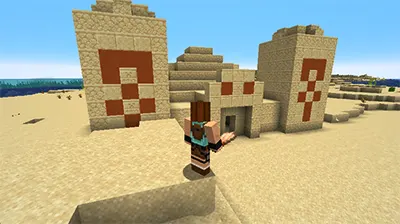
- Once at the designated structures, initiate the search for suspicious sand blocks.
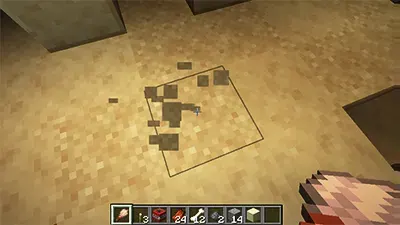
- Now, it's time to wield the brush, dust off the sand, and collect your rewards. Aiming to find four pottery shards initially is a strategic approach.
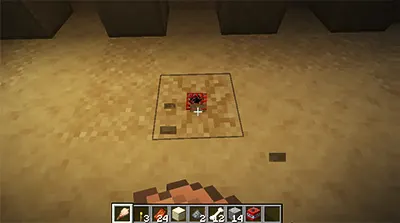
- In addition, consider hatching the sniffer egg to spawn the new mob. Though not directly linked to the archaeology features, the sniffer seamlessly blends into the ancient-themed adventures.
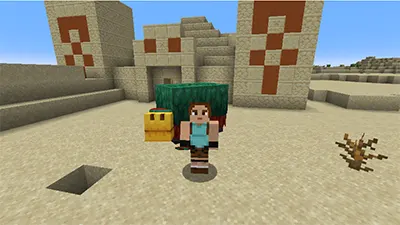
Conclusion
With your newfound understanding of the archaeological features, it's time to gear up for your thrilling escapade. Consider adorning an archaeologist costume from the array of Minecraft skins available, and why not a Lara Croft ? :)
Additionally, you could use some of the best Minecraft mods to summon dinosaur companions for the sniffer in the game. While you're at it, consider constructing a new Minecraft house to safely store all your archaeological findings.
